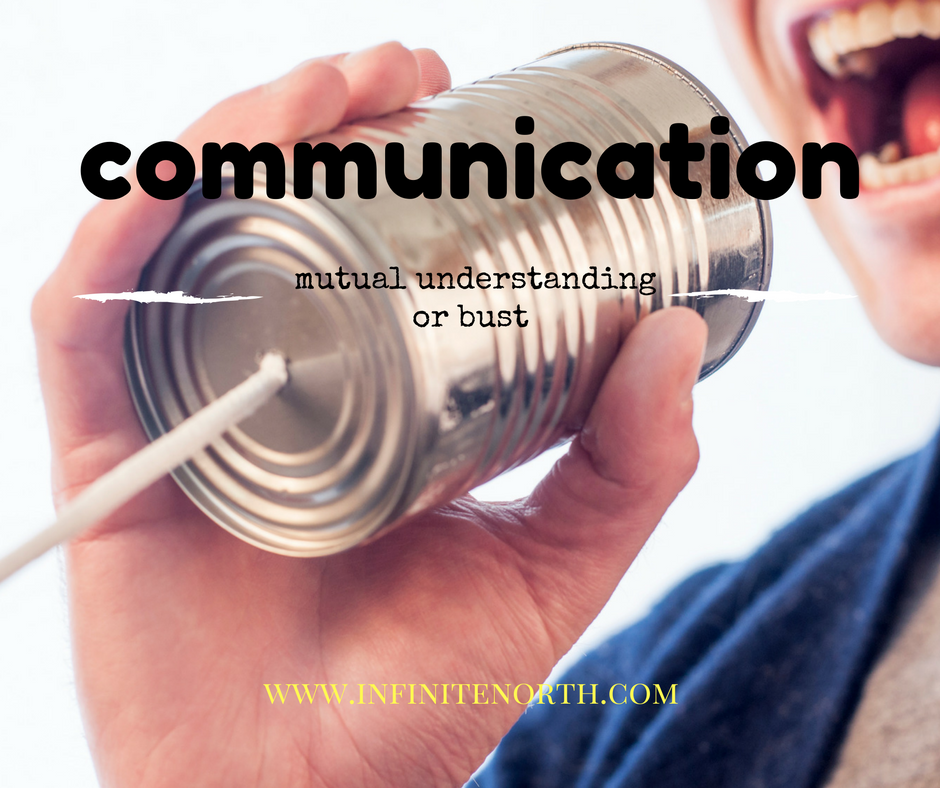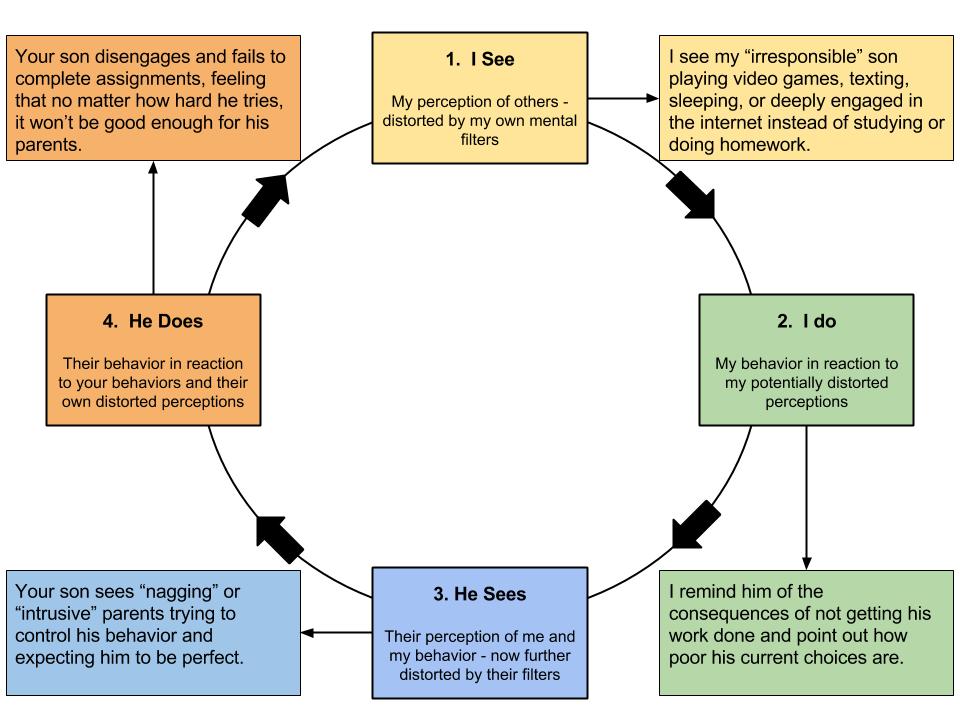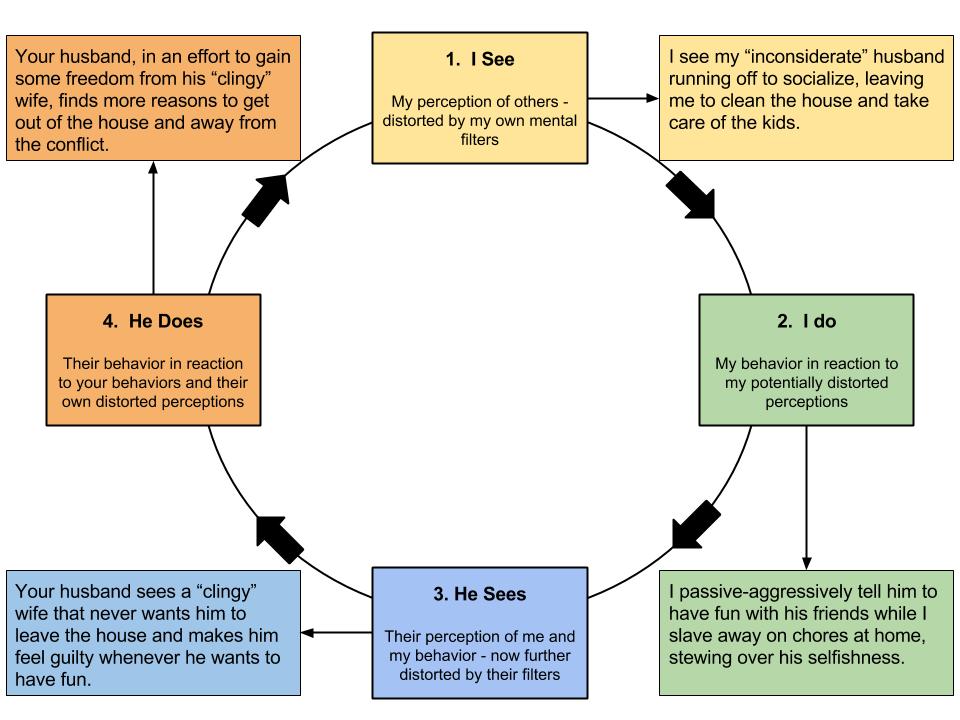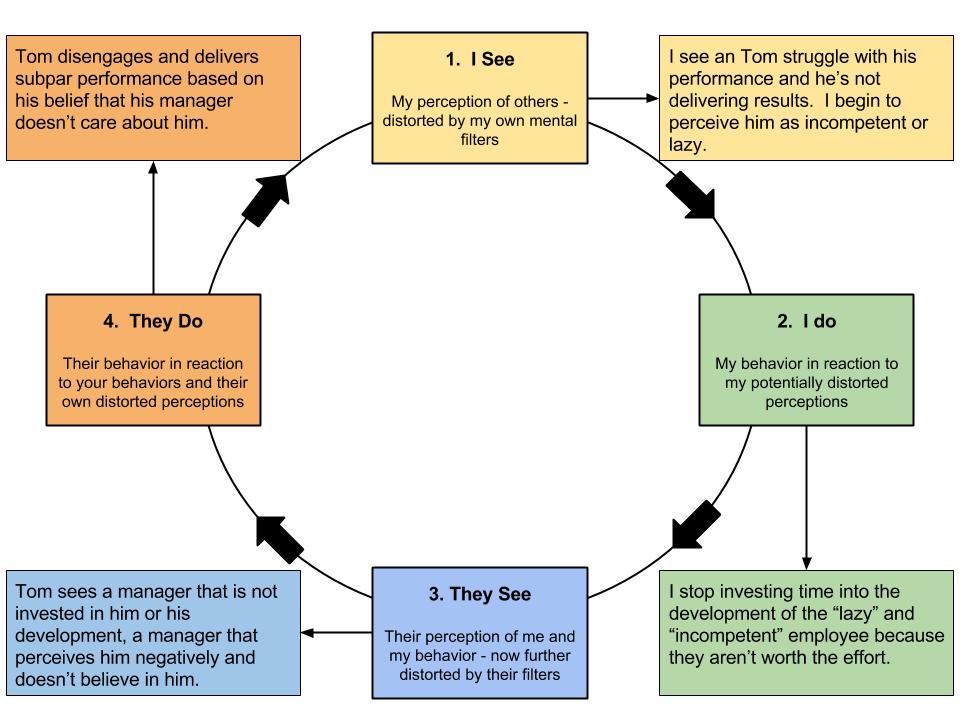I go through some version of this with nearly every client I meet with.
Client: I feel (insert feeling) and (insert self-defeating thought) keeps running through my head
Me: Has anyone ever told you to stop feeling that or thinking that?
Client: Yes
Me: Has it ever worked? Do you stop thinking or feeling that way?
Client: No! It never works.
Me: Do you ever try to tell yourself ‘just stop’?
Client: Yeah.
Me: Does that ever work?
Client: No.
Me: Okay. I’m never going to expect you to just stop thinking or just stop feeling anything.
Client: Good.
That may sound familiar. Now, let’s break things down a bit.
Phrases like “don’t worry” or “you don’t have to be angry about this” or “just stop being so sad all the time” can be said with great intentions. Parents, friends, and spouses want to alleviate pain. They don’t want to watch their loved ones suffer, so they tell you not to suffer (presumably for your own good). As the example above illustrates, this never really works. No one really ever hears the words “don’t worry” then instantly refrains from worrying. There is no direct switch for thoughts and feelings, so telling someone to stop or change them with any sense of immediacy puts them in a bad spot. This is especially true when individuals are combating symptoms of depression and anxiety.
When they’re worried, they’re worried. When they’re worried and they’ve been told to stop (in any myriad of ways), they find themselves in a situation where they’re suffering from their worries AND from their failure to stop worrying. These well-intentioned comments aimed at reducing suffering can actually have the opposite effect, intensifying the distress despite the great intentions.
What’s a better alternative when you recognize someone you care about it struggling? What can you provide for others and what can you ask for when you’re facing a challenge?
- Acknowledge the emotion/concern/suffering: It sounds like you’re really worried and feeling overwhelmed about this new position.
- Find ways to agree: There’s a lot to worry about when you’re starting a new job.
- Offer support: Is there anything I can do to help?
- Solidify Support/Offer specific support: I’m here for you if you need anything. Can I help distract you for a while? Can I tell you about a time I felt worried? Can I give you a hug?










